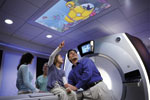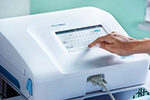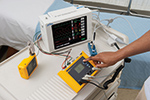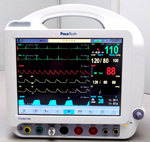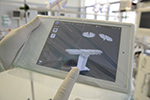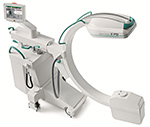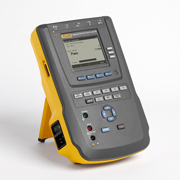Today’s operating theatres are simply brimming with the latest technology, and surgical staff has to know how to correctly work any number of medical devices whenever needed. Variations in how the various devices are controlled present just as big a challenge as the increasing sophistication of system functions. Delays and insufficient coordination in the operating theatre not only cost time and money, but can also compromise safety and increase stress. The TruConnect control and training system centralizes information and device control. It enables both mobile and stationary control of a variety of Trumpf operating theatre components, offering convenient, handheld and touch screen control of integrated devices safely, reliably and in different rooms. Users are free to move from one operating theatre to another, using a handheld unit to control the devices in each room. Thanks to its novel, real-time localization capability, TruConnect recognizes exactly which devices a particular room has and how they are configured, ensuring that mobile control is safe. Simple and safe control is underpinned by graphical representation of devices. The system also supports the use of multiple portable TruConnect Control devices at the same time in one operating theatre. This means one person can be adjusting the operating table while another person attends to the surgical lighting, camera and image documentation. Now for the first time, certain devices can be visualized in 3D. Depending on the device, a 3D visualization of integrated devices can be displayed on the touch screen and adjusted with simple swipe gestures. For instance, if the operating table’s left leg plate needs to be angled down, all the controller has to do is to tap the plate on the 3D visualization and drag it downward. The control panel helps by providing a simulated preview and information such as the current tilt angle. With elements clearly organized on the screen, it takes almost no time at all to master the system. There are short, easy-to-understand video tutorials to complement the intuitive control concept. It is quick and easy to switch between available devices and call up tutorials or device manuals. The system fulfills all hygiene requirements of today’s surgical wings. Communication between the portable TruConnect Control unit and the TruConnect server is managed by the TruConnect Wallstation. Taking up a minimum of wall space in the operating theatre, the Wallstation can be installed just as easily in new buildings as when refurbishing existing ones. The portable control is a handheld nerve centre with a touch screen. Impact-protected by a bumper, its special case means it can be used in sterile environments. Using reliable induction technology, it can be charged up quickly and wirelessly via the TruConnect Dock, which simplifies cleaning and eliminates unnecessary cabling. TruConnect is based on a flexible, extendable app concept coupled with a range of innovative technologies. It can be used to control Trumpf operating tables, lights, cameras or the customer’s own music selection. Smartphones, iPods and iPads can be controlled via a wireless connection. The app concept is designed to integrate additional functions.
Read more

